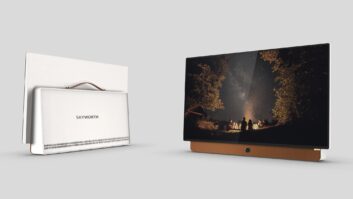Personal digital assistant (PDA) vendors are setting the stage for these handheld devices to move beyond their current role as simple devices unable to display complex images with the introduction of advanced screen technologies in upcoming models.
Improved screen resolution and color capacity will allow the PDA to better display graphics, which opens up a new set of possible applications for the PDA.
Microsoft group product manager Roger Gulrajani sees the PDA as becoming a portable image editor. “For me the biggest thing you’ll see is continued advancement in display technology, which will support at least 64,000 colors,” he explained. “So for things like image editing for a digital camera, the handheld can display that image at a very high resolution, and my pocket organizer becomes my photo album.”
“Also in the case of real-time traffic alerts and mapping data, the map will be able to show that the blue is a lake and the red is a road,” Gulrajani pointed out. “So resolution and color are incredibly enabling technologies.”
One of the new developments in LCD technology comes from Pioneer, under the name Organic EL.
Organic EL is a three-color active-matrix LCD display that uses Kodak-developed technology to offer bright illumination that will not be washed out by even direct sunlight. It also has a wide viewing angle, but with a sufficiently low voltage requirement to operate on two AA batteries.
Recently introduced in the mobile audio market for displays on car audio units, Pioneer is planning to bring Organic EL to the PDA environment, according to marketing VP Russ Johnston.
“We’ve been researching this technology since 1988,” he said. “In Japan they came out with a four-color version, and we’re considering licensing it to PDA and cellular phone manufacturers.”
When Pioneer began offering the display on two car stereo units in May, they were immediately sold out, Johnston said.
Organic EL has the ability to illuminate very small segments independently from each other, he continued, “and we can make a very high pixel-count display and create animation and depth of field. This is particularly suited to a PDA because Organic EL has a low voltage requirement of only 5 volts for 13,000 pixels. And the display can be made so thin it can be stuck on a windshield with one wire coming off it.”
“The future applications of this technology are huge,” Johnston said.












